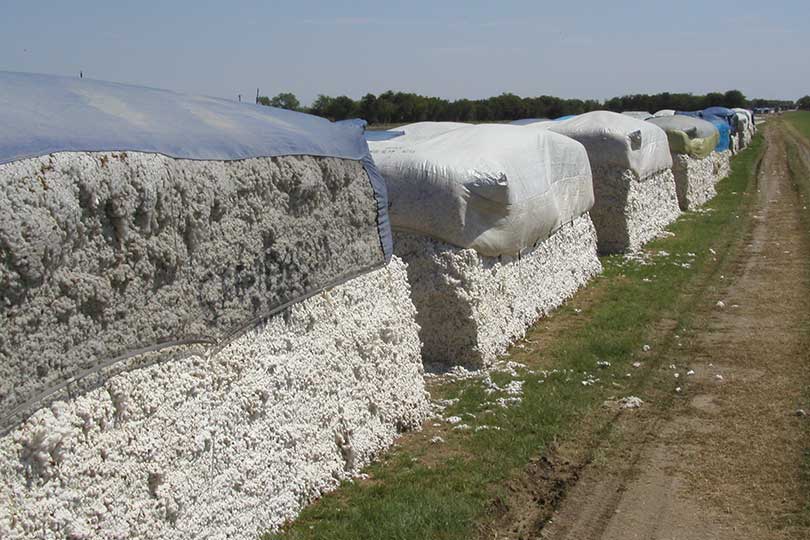The latest USDA World Agricultural Supply and Demand Estimates in June represented only minor changes to the previous month’s old crop cotton estimates and new cotton projections of supply and demand variables.
But the U.S. cotton balance sheet is linked to weather, exports and speculators.
Weather in China, India, Pakistan, Brazil and Australia could matter a lot to production, ending stocks and prices, according to Texas A&M University professor and Extension economist Dr. John Robinson.
He noted the world situation has been dominated by China’s stock piles, and that influence will certainly remain.
“My interpretation of all this is that the surplus in China and the tightness (or at least the uncertainty) outside of China are what will likely maintain the current range of prices,” Robinson said.
External catalysts—speculative funds and other financial developments—are retreating in a huge “risk off” move in response to the United Kingdom vote to leave the European Union.
“This has mostly nothing to do with agriculture, but the reaction in currency markets is enough to pull money out of commodities,” he said. “These kinds of developments often come as a surprise and give rise to short-lived market reactions. In the case of cotton, these kinds of external shocks will likely keep cotton prices bouncing around within the longstanding range.”
Click here for more information on cotton marketing topics.

